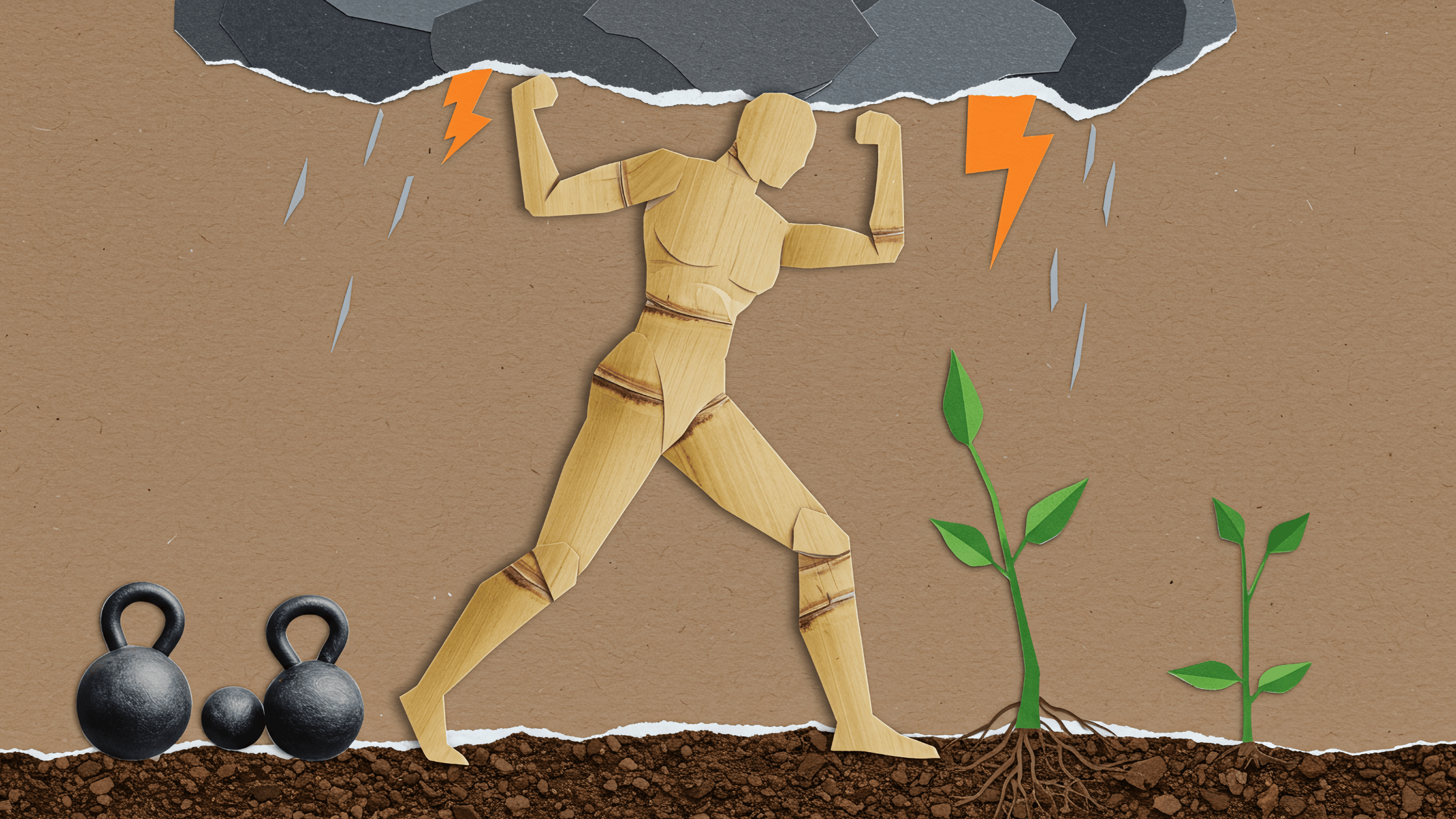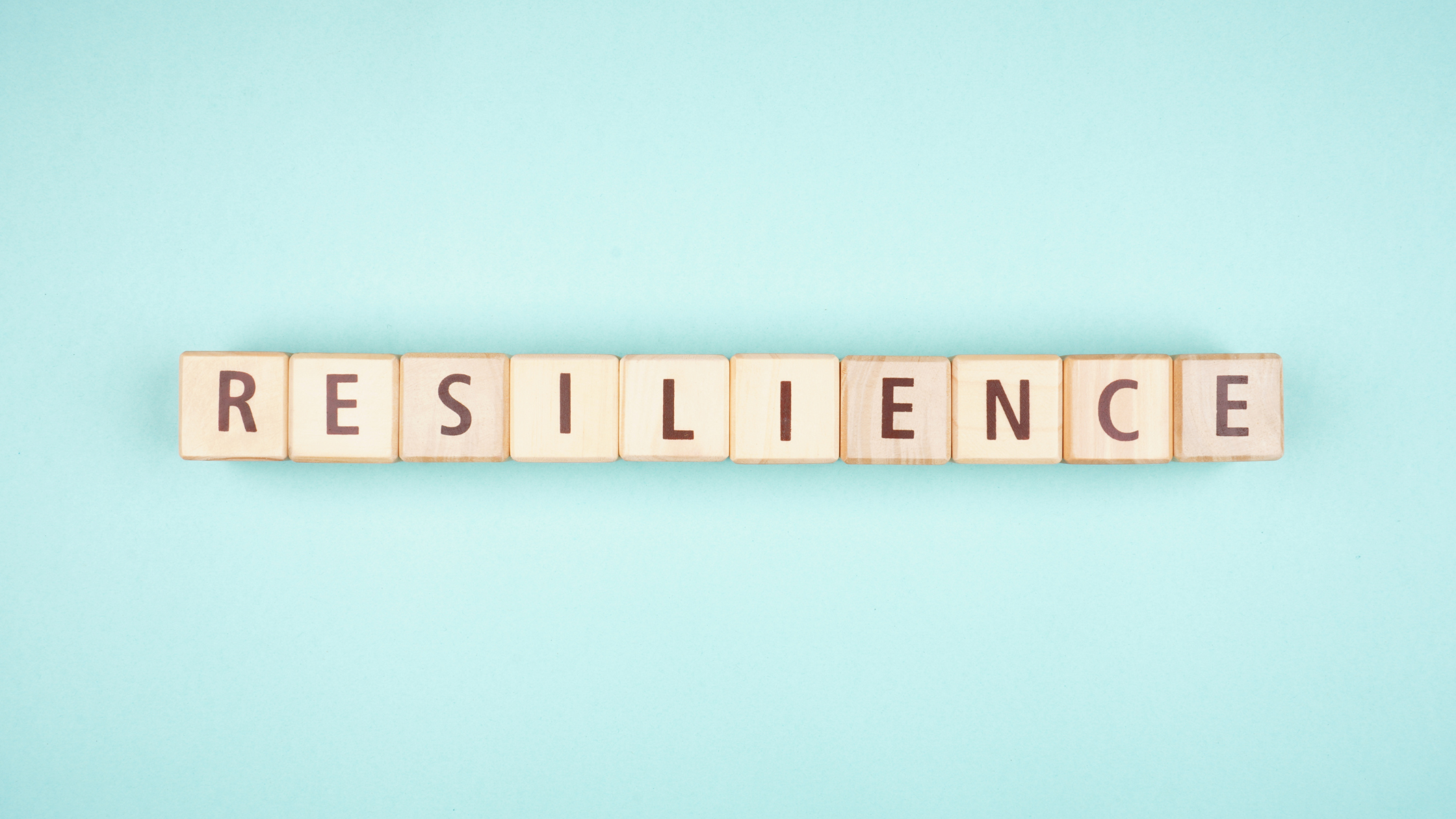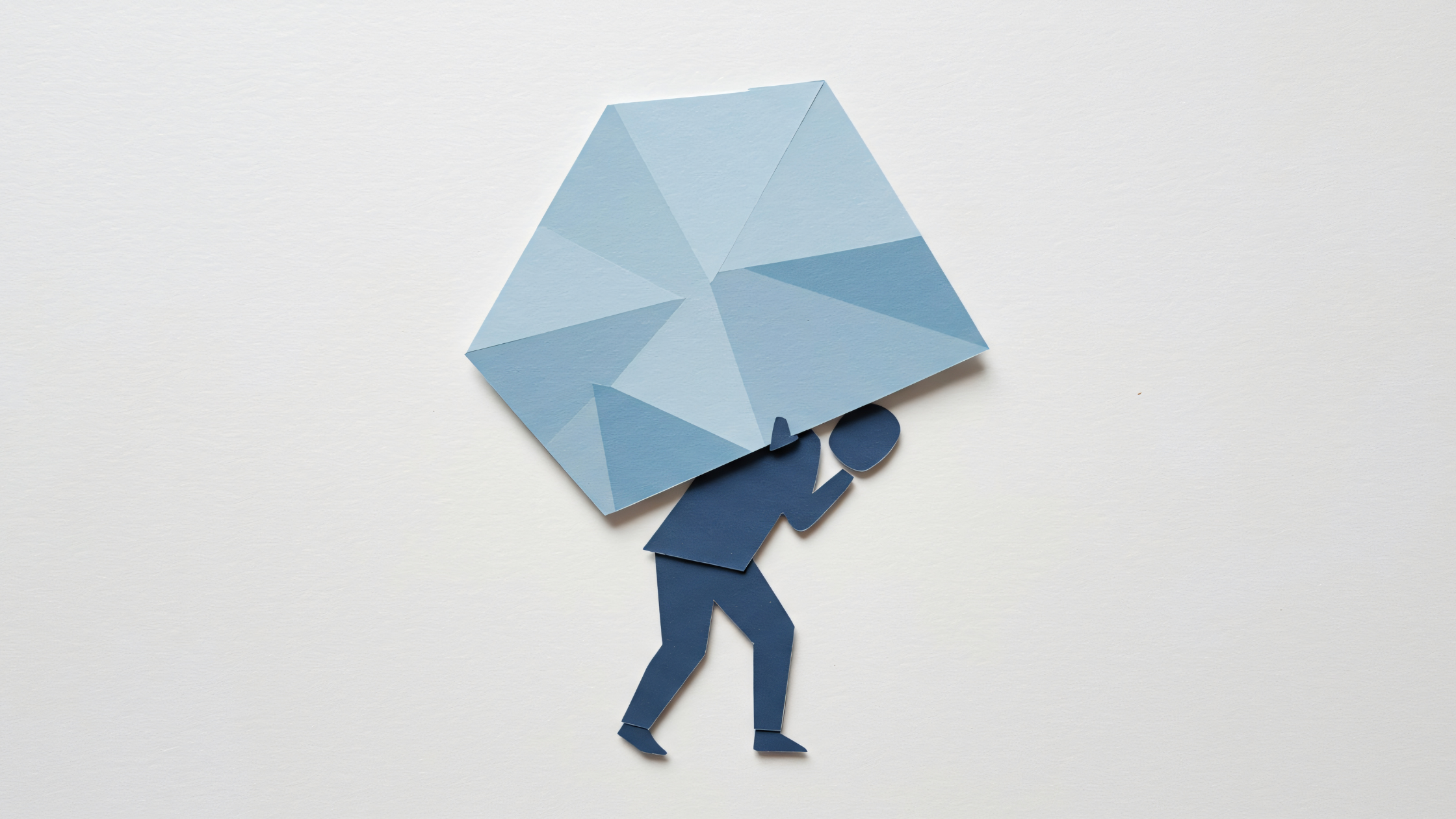From Fatigue to Resilience: Why Employee Wellbeing is Australia’s Real Productivity Edge

Australians are working harder than ever, yet output is stagnating. The Productivity Commission reports that hours worked rose by 2.3%, while output grew only 1.3%, meaning productivity has actually fallen by 1.0%. Behind these numbers lies a deeper human reality: fatigue.
Gallup’s State of the Global Workplace 2025 reveals global engagement has slipped and stress remains stubbornly high. Locally, the Australian HR Institute (AHRI) reports turnover creeping back up, with 28% of organisations experiencing churn above 20%. Each departure means lost knowledge, strained teams, and higher workloads for those left behind.
The paradox is clear: we’re working longer, but delivering less. The missing ingredient isn’t more effort, it’s resilience. Building resilient, psychologically safe, and engaged teams is the only sustainable path to reversing Australia’s productivity decline.
Why Fatigue Is the Silent Productivity Killer
Long hours don’t automatically mean more output. In fact, they often backfire. Studies consistently show that beyond 40–50 hours per week, productivity per hour falls sharply. Fatigued employees make more mistakes, disengage, and burn out.
Gallup’s research underscores this: employees experiencing high stress are significantly less engaged and less productive. Meanwhile, workers who feel supported in their wellbeing are three times more likely to be engaged.
In Australia, the warning signs are everywhere:
- Rising absenteeism: Employees are taking more sick days, both for physical and mental health reasons.
- Presenteeism: Even when at work, exhausted employees are “checked out,” delivering less than their full potential.
- Turnover pressure: As AHRI reports, high churn rates mean remaining employees are stretched thin, further fuelling fatigue.
Fatigue doesn’t just affect individuals; it undermines teams and entire organisations. Without intervention, it becomes a vicious cycle; longer hours lead to burnout, which drives turnover, which increases workload for those left, compounding the fatigue.
The Case for Resilience as a Strategic Priority
Resilience is often misunderstood as simply “toughness” or “coping.” In reality, resilience is about creating conditions where people can sustain energy, adapt to change, and bounce back stronger. For organisations, resilience translates into lower turnover, higher engagement, and more consistent performance.
The data backs this up:
- Employees who feel psychologically safe and supported are 4.5 times more likely to perform at a high level (Culture Amp).
- Organisations with high engagement see 23% higher profitability and 18% higher productivity (Gallup).
- Resilient teams recover faster from setbacks, adapt better to change, and innovate more consistently.
In short, resilience isn’t a “nice to have.” It’s a productivity strategy.
What Resilient Workplaces Do Differently
Resilient organisations don’t rely on ping-pong tables or free fruit. They design systems, rituals, and leadership behaviours that support sustained performance. Here are five evidence-based practices:
- Psychological Safety First: Employees who feel safe to speak up and admit mistakes contribute more ideas and prevent costly errors. Managers must actively model openness and curiosity, not punishment.
- Workload Management: Instead of glorifying overwork, resilient organisations monitor workload and redistribute before burnout sets in. This requires managers to have visibility of both output and wellbeing.
- Strengths-based Development: Aligning roles with employees’ strengths keeps people energised. Gallup finds employees who use their strengths daily are six times more engaged.
- Feedback as a Growth Tool: Weekly quality feedback builds clarity and connection. Resilient teams treat feedback not as criticism but as a way to adapt and grow.
- Team Rituals for Recovery: Regular check-ins, wellbeing surveys, or resilience workshops help normalise conversations about energy and stress. These rituals act as an early warning system.
Turning the 90-Day Window Into a Resilience Reset
Organisations often assume resilience is a long-term project. But meaningful shifts can happen in as little as 90 days with focused action. Here’s a practical roadmap:
- First 30 Days:
- Launch a baseline assessment of resilience and psychological safety (e.g. through the GRACEX Ready Assessment).
- Reset team norms to encourage openness, regular check-ins, and shared ownership of wellbeing.
- Next 30 Days:
- Train managers in “quality feedback” conversations and stress recognition.
- Begin monthly workforce planning check-ins to balance roles and workloads.
- Introduce strengths-based mapping to ensure employees are set up to succeed.
- Final 30 Days:
- Embed resilience rituals: weekly wellbeing pulse surveys, resilience-building workshops, or team retrospectives focused on energy.
- Coach managers on how to address gaps revealed by the assessment.
- Share early wins with the organisation to build momentum.
By the end of 90 days, teams can feel lighter, clearer, and more supported, delivering measurable productivity improvements without additional hours.
The ROI of Resilience
Sceptics may see resilience as “soft.” But the returns are hard and measurable:
- Lower turnover costs: Retaining employees beyond the first year preserves knowledge and leverages the fact that productivity typically rises by 53% after one year of tenure (AHRI).
- Reduced absenteeism and presenteeism: Healthier, more energised employees are more present and productive.
- Improved client outcomes: Teams with higher engagement and energy levels deliver better service, innovate faster, and manage risks more effectively.
- Compounding gains: Stability and wellbeing compound over time, whereas fatigue erodes value.
In an environment where Australia is struggling to lift productivity, resilience offers a competitive edge. It turns the focus from extraction to sustainability from squeezing more hours to getting more impact per hour.
From Fatigue to Resilience
Australia’s productivity problem isn’t a numbers issue; it’s a people issue. Longer hours won’t fix stagnating output, but resilience can. By focusing on psychological safety, manager capability, and wellbeing systems, organisations can turn fatigue into energy and churn into stability.
Resilience isn’t just a cultural benefit, it’s Australia’s untapped productivity lever.
At GRACEX, we help leaders measure and build resilience through our Resilience OS. If you want to know where your organisation stands and how to move from fatigue to sustainable performance, book a call with GRACEX today.







.png)






.png)
.png)
.png)
.png)

.png)
.png)
.png)
.png)
.png)